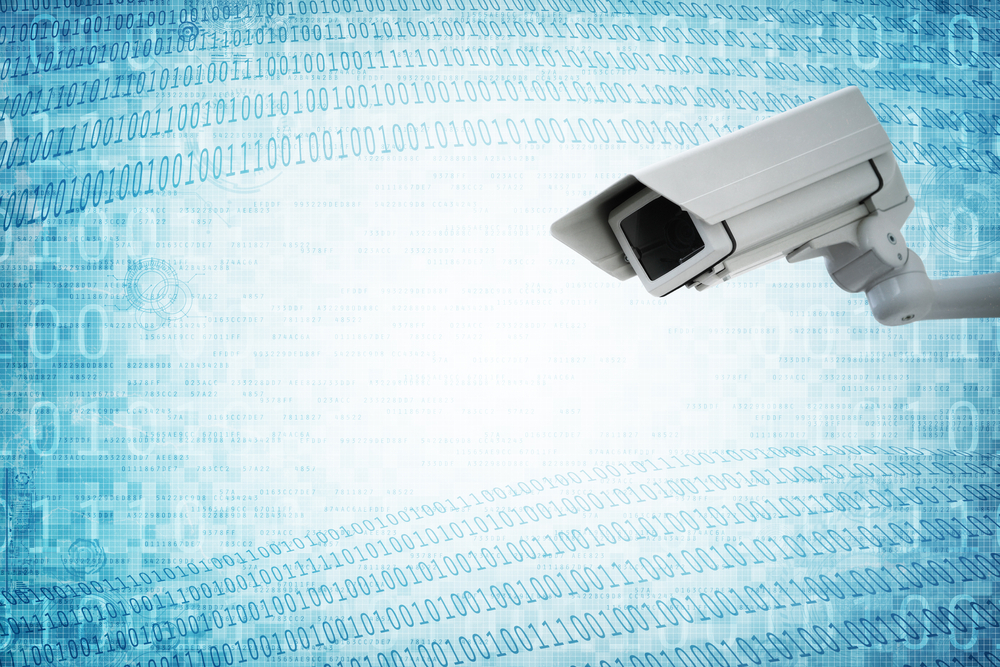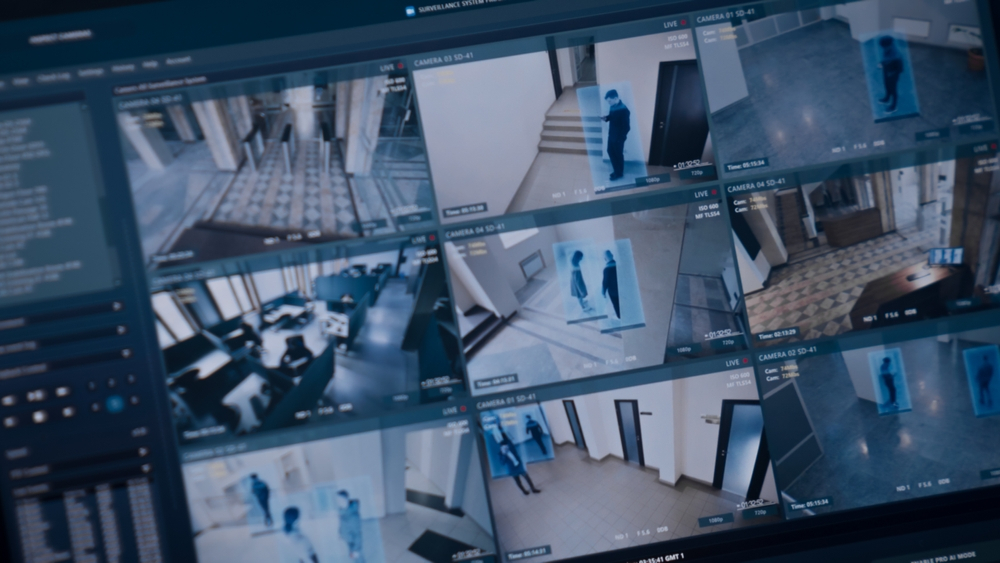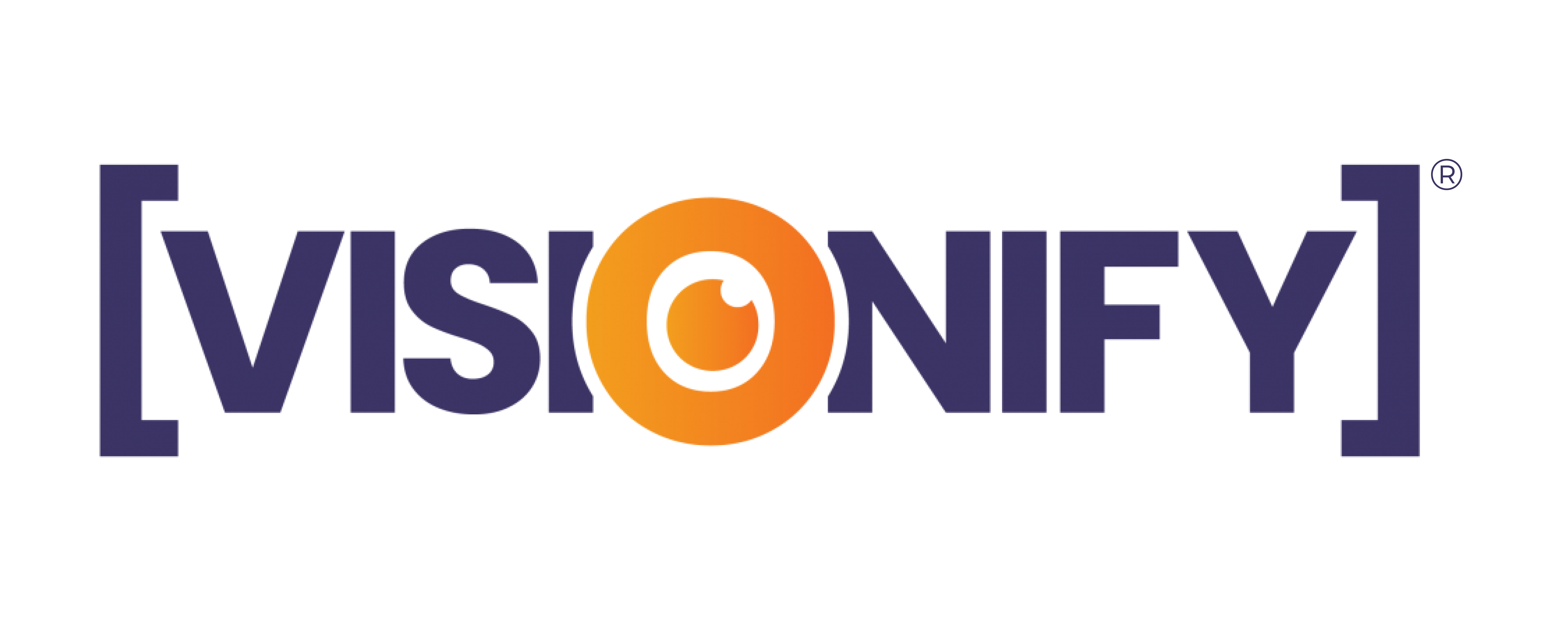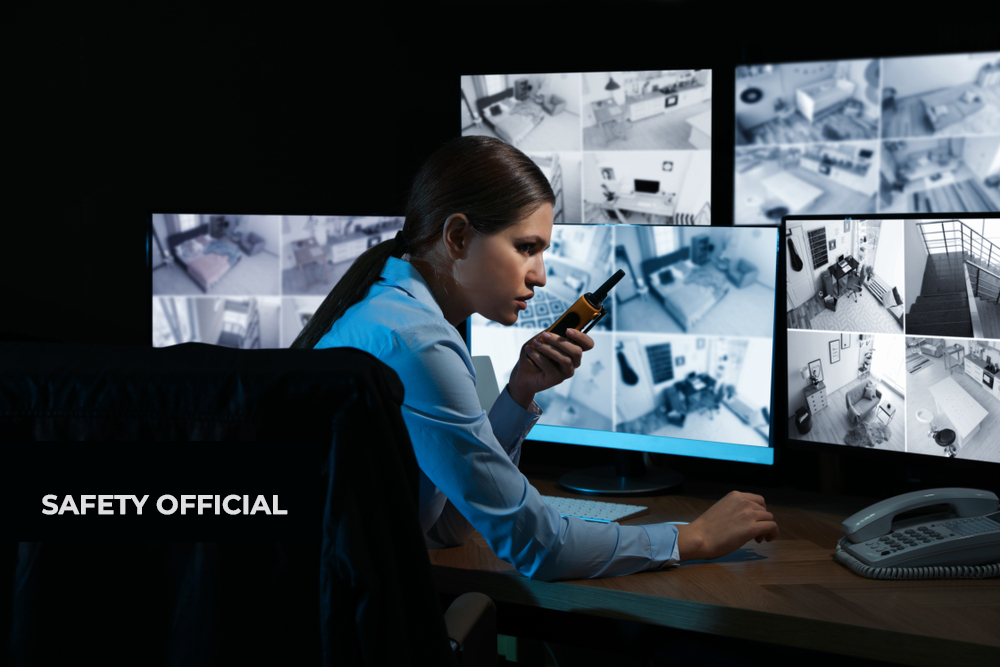In the realm of workplace safety across various industries, consistent monitoring is crucial. Manual surveillance and monitoring is one of the most dominant methods employed to safeguard workplace safety practices.
Human surveillance, a long-standing practice, has been around for years. Traditional safety measures have long relied on it, with human observers monitoring and assessing environments for potential risks and safety breaches.
Nowadays, after the advent of AI-driven computer vision systems, Vision AI monitoring is quickly gaining popularity for elevating workplace safety. AI-powered surveillance systems can monitor areas continuously, identify specific objects or individuals of interest, and automatically alert security personnel to potential threats or unusual activities.
This article aims to delve into the intricacies of both methods, dissecting their advantages and limitations to determine which holds the upper hand in safeguarding workplaces.
How does Vision AI affect surveillance?
The advent of Artificial Intelligence (AI) has transformed surveillance. AI-driven surveillance systems like Computer Vision are equipped with advanced algorithms that enable them to process vast amounts of data from cameras and sensors. This not only enhances the efficiency of surveillance but also introduces new capabilities, such as facial recognition and anomaly detection.
| Aspect | Human Vision | Computer Vision |
| Processing Speed | Limited by cognitive speed, may overlook rapid events | Rapid processing, detects events in real-time |
| Attention Span | Affected by fatigue and distractions | Consistent, maintains focus 24/7 |
| Contextual Understanding | Deep understanding of nuanced situations | May struggle with complex, context-specific scenarios |
| Anomaly Detection | Recognizes anomalies based on experience | Identifies anomalies using predefined algorithms |
| Scalability | Limited to a single viewpoint | Scalable to monitor multiple locations simultaneously |
| Learning Curve | Acquired through training and experience | Trained on data, improves with exposure |
| Privacy Concerns | Respectful of privacy, governed by ethical considerations | Raises privacy concerns due to data collection |
| Costs | Labor-intensive, involves wages and benefits | High initial investment, followed by lower labor costs |
| Response Time | Reaction time may vary and is not always immediate | Swift reaction time, real-time alerting |
| Error Rate | Prone to errors and biases | Low error rate, consistent performance |
| Maintenance | Requires ongoing training and updates | Requires periodic maintenance and updates |
| Flexibility | Adaptable to unexpected situations | Adapts to predefined conditions and rules |
| Pattern Recognition | Strong ability to recognize patterns and faces | Effective at recognizing predefined patterns |
| Data Analysis | Limited data analysis capabilities | Analyzes data for long-term trends and insights |
| Emotional Intelligence | Understands emotions and non-verbal cues | Lacks emotional understanding |
| Scale of Surveillance | Limited to individual capacity | Scales effortlessly to cover extensive areas |
Advantages of Human Surveillance for Workplace Safety:
Contextual Understanding: Humans possess the unique ability to apply their contextual knowledge to assess and respond to nuanced safety situations, drawing on their experience and judgment.
Adaptability: Human surveillance offers adaptability in responding to unexpected safety issues or environmental changes, adapting their strategies as needed.
Privacy Assurance: The presence of human surveillance can provide a higher level of assurance regarding privacy compliance, as it involves personal oversight and discretion.
Interpersonal Skills: Human surveillance fosters interpersonal relationships and trust among employees, contributing to a positive safety culture in the workplace.
Problem-Solving: Humans excel in solving complex safety-related problems on-site, using their critical thinking skills to address unique challenges.
Besides the advantages that human-based surveillance brings, traditional safety measures often fall short in today’s complex industrial environments.
Human observers, while invaluable, are susceptible to factors that can compromise safety efforts. Fatigue and the potential for errors can arise during prolonged monitoring periods, introducing vulnerabilities in the surveillance process.
Additionally, maintaining continuous surveillance, especially in large or remote areas, poses significant challenges, potentially resulting in coverage gaps that can leave critical areas unmonitored.
Furthermore, the cost of human surveillance can be considerable, encompassing labor expenses, including wages, benefits, and training costs, making it a less cost-effective option than emerging technologies like Vision AI.
In situations demanding rapid responses and high accuracy, human surveillance may not always react as swiftly as Vision AI, which can promptly identify and respond to safety hazards, potentially avoiding critical incidents.
Moreover, human surveillance is inherently subjective, making it susceptible to personal biases and distractions that can influence decision-making and responses to safety incidents.
These limitations point to the need for innovative solutions like Vision AI to complement and enhance traditional safety measures in today’s dynamic and demanding industrial landscapes.
Advantages of Vision AI for Workplace Safety

24/7 Monitoring: Vision AI stands sentinel around the clock, tirelessly scanning for potential safety threats. This unceasing vigilance eliminates the need for shift changes and breaks, ensuring uninterrupted coverage.
Enhanced Efficiency: AI can analyze vast quantities of video footage and sensor data in real time, reducing the burden on human supervisors and improving response times.
Real-time Hazard Detection: Leveraging cutting-edge algorithms, Vision AI swiftly identifies safety hazards as they arise. Its ability to proactively act in real-time can be crucial in averting accidents before they escalate.
Scalability: AI surveillance systems can easily scale to monitor large areas or multiple locations simultaneously without a proportional increase in human resources.
Consistency: Unlike human surveillance, Vision AI does not suffer from lapses in attention. It maintains unwavering focus, reducing the likelihood of missing critical events, even during extended monitoring periods.
Data Analysis: Vision AI is more than just vigilant eyes; it’s also a keen analytical mind. It collects and processes data to identify long-term safety trends, providing invaluable insights for improving workplace safety protocols.
Compliance Assistance: Vision AI systems aid in compliance efforts by ensuring that safety protocols and regulations are consistently adhered to and documented, helping organizations meet regulatory requirements.
Cost-Effective: While the initial investment in Vision AI systems can be substantial, their cost-effectiveness shines through in the long run. Reduced labor costs and the potential for accident prevention make them a financially astute choice.
While Vision AI offers significant advantages in enhancing workplace safety, it can struggle to have the contextual understanding of complex safety situations. Also using the technology wants the careful management of data and sensitive information to avoid data privacy concerns. However, this concern can completely and easily be taken care of by using on-premise deployment options.
Moreover, the initial installation and configuration costs can be substantial, and for sustained effectiveness training of employees is necessary to enable them to interact with the new system. These considerations highlight the importance of careful planning and investment management when implementing Vision AI for workplace safety.
Choosing the Right Path: Vision AI, Human Surveillance, or a Hybrid Approach

The choice isn’t a simple binary in the ongoing debate between Vision AI and human surveillance for workplace safety. Instead, it hinges on the specific needs of each workplace and its willingness to invest in technology or human resources.
While Vision AI offers significant advantages, the crucial role of human observers cannot be neglected. Therefore, the optimal approach may often involve a hybrid solution that harnesses the strengths of both systems, ensuring a comprehensive and effective safety strategy.
As technology advances, and our understanding of safety deepens, the pursuit of workplace safety remains a dynamic and evolving challenge. Encouraging ongoing discussions and embracing innovations will undoubtedly pave the way for safer and more efficient workplaces, where both Vision AI and human surveillance can play pivotal roles.


